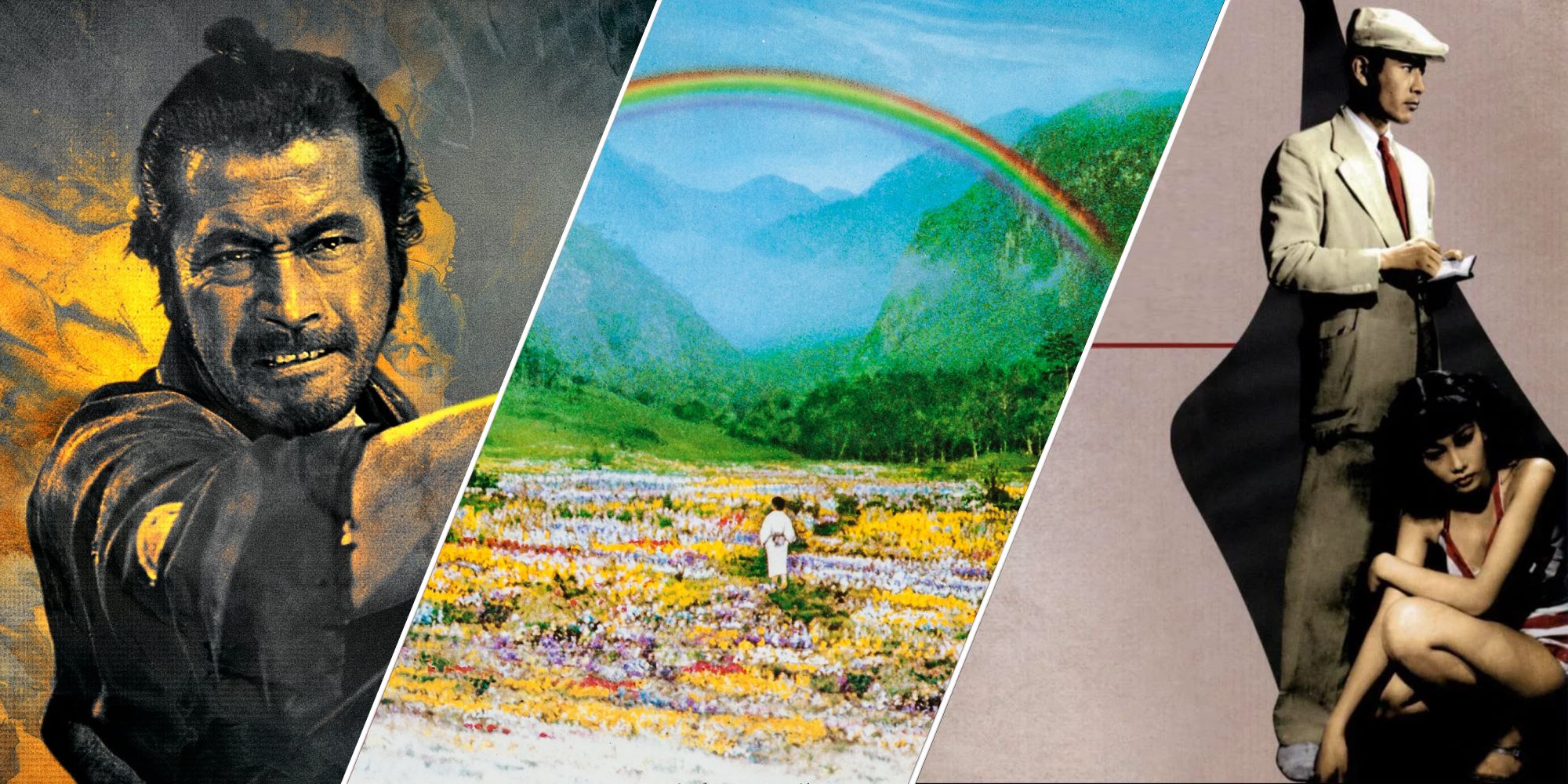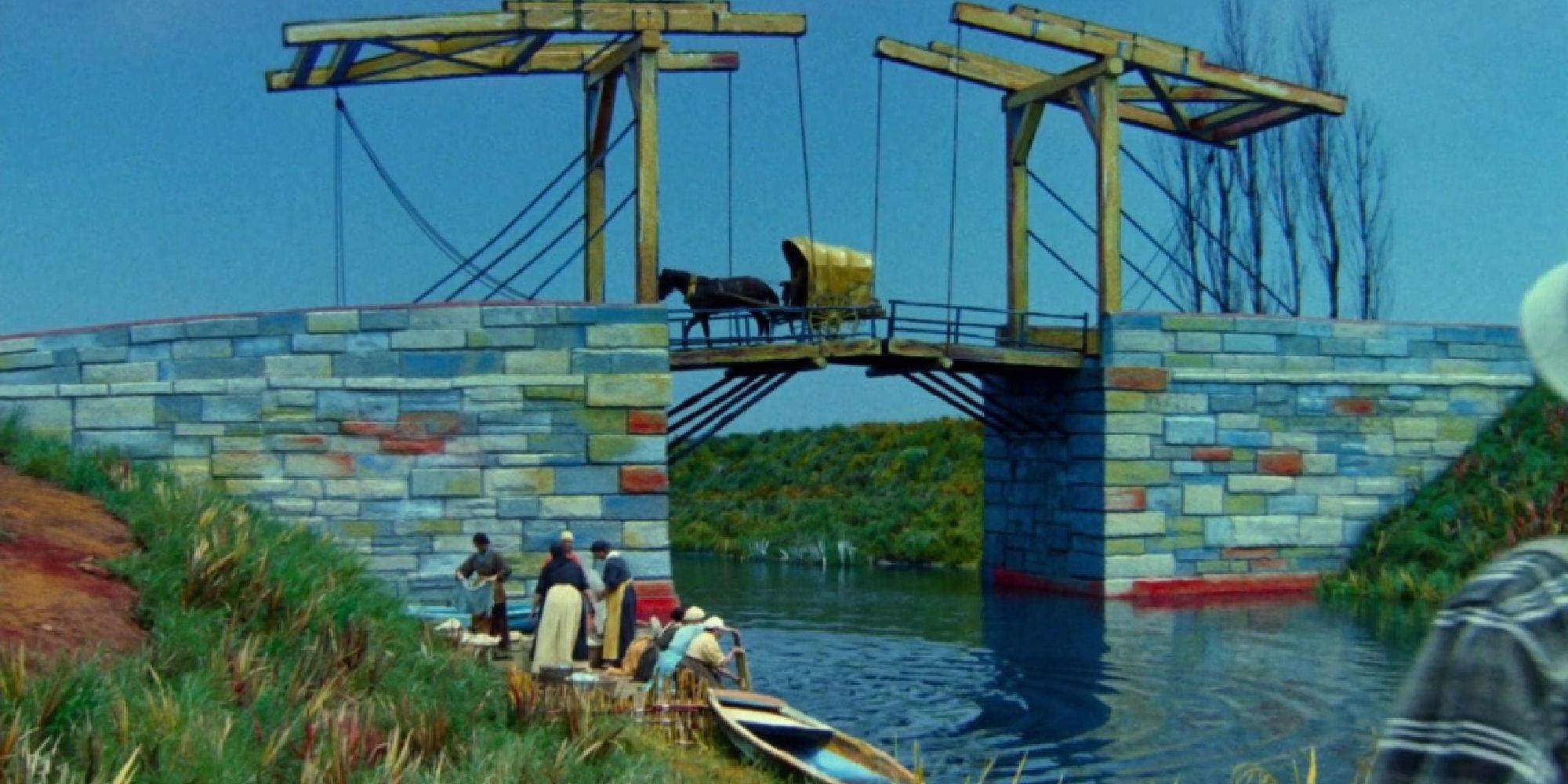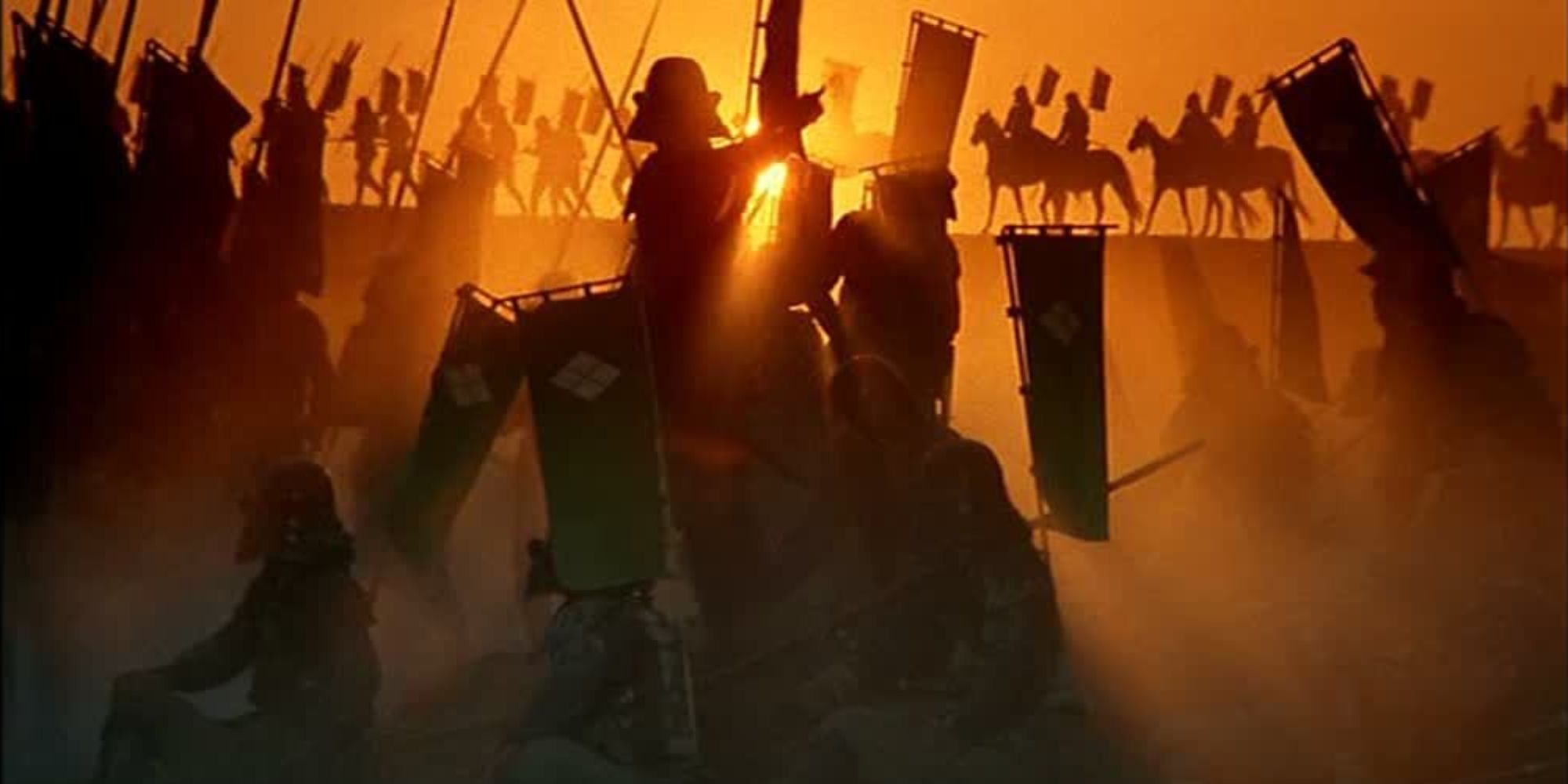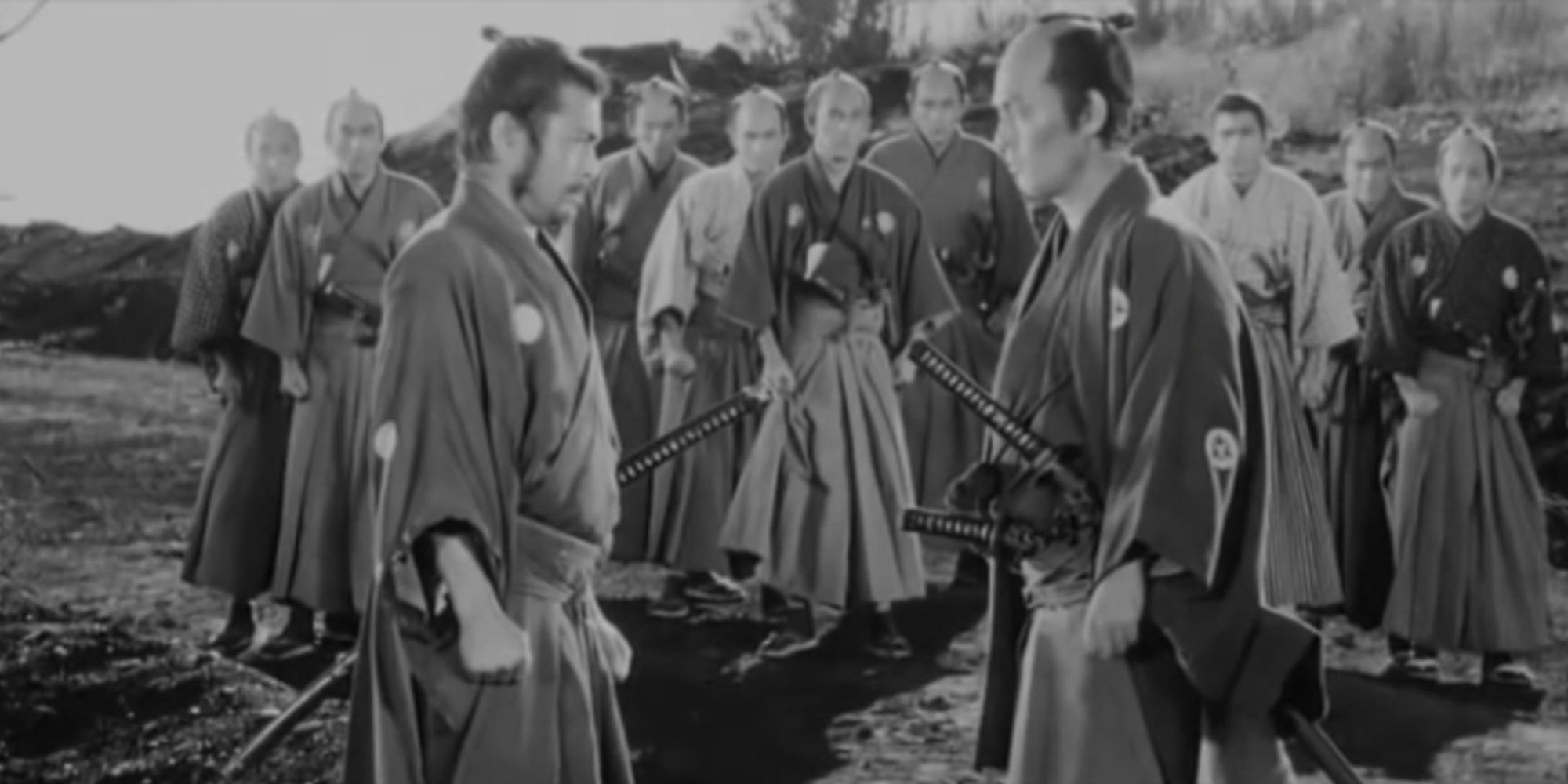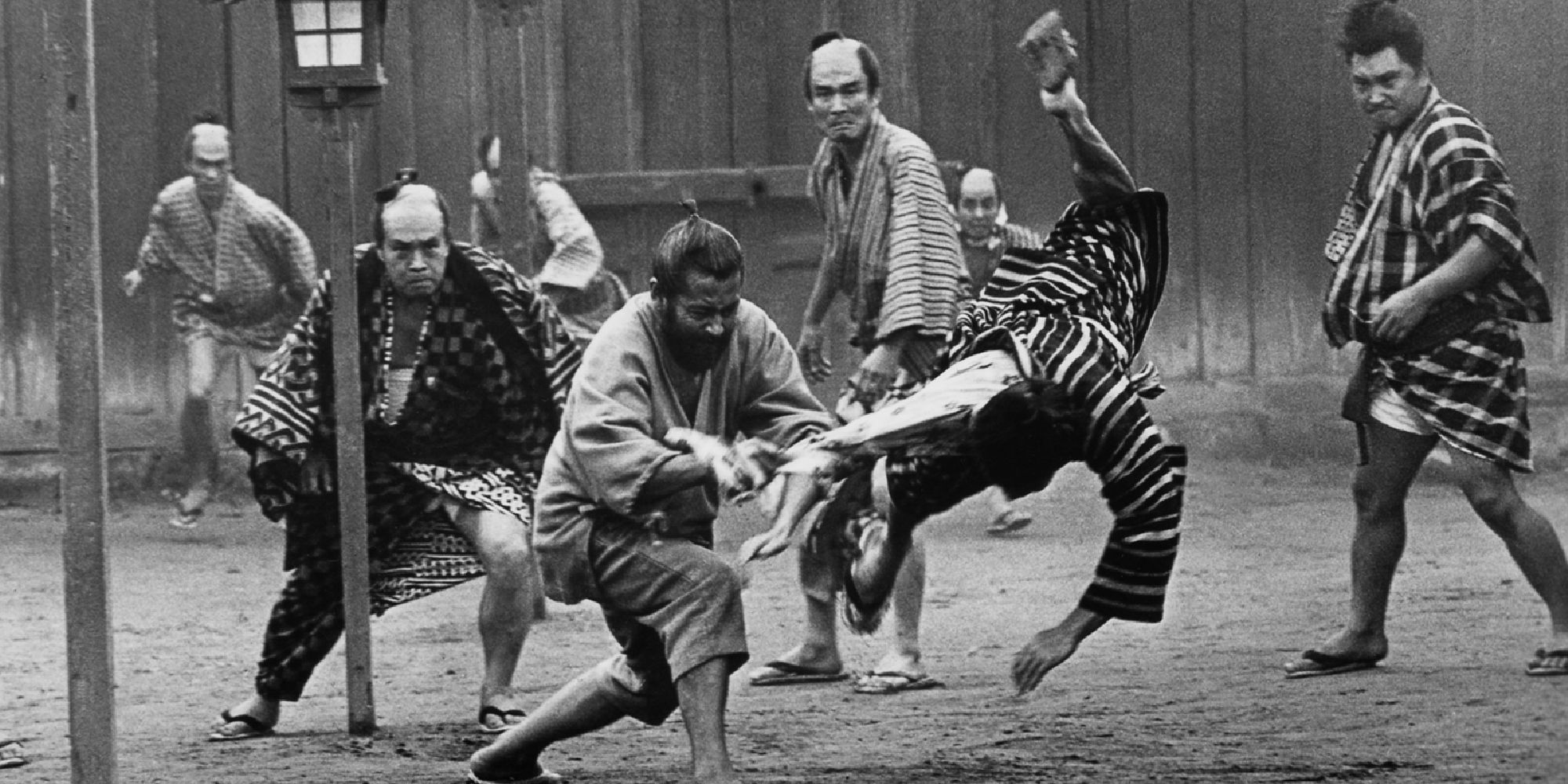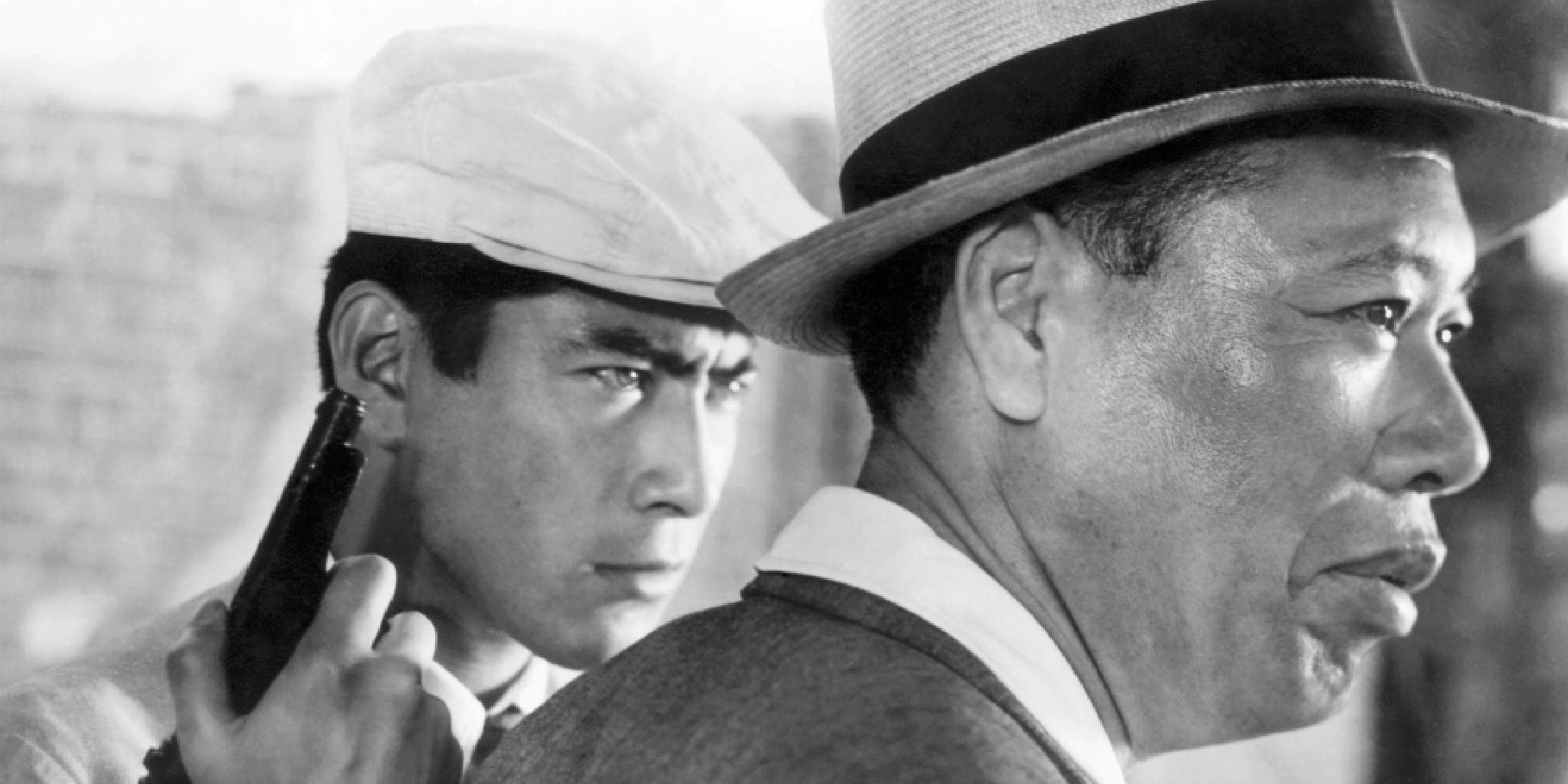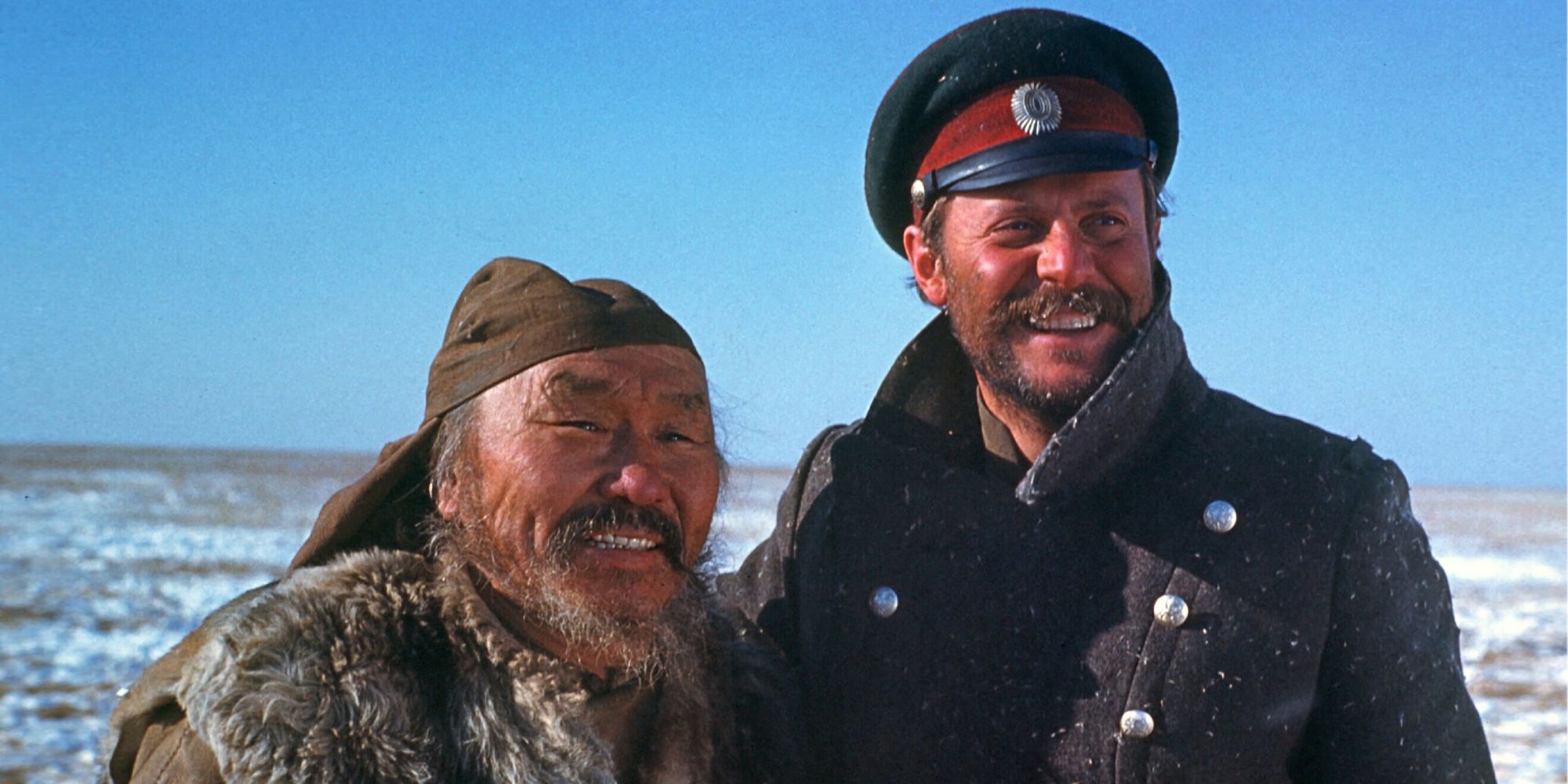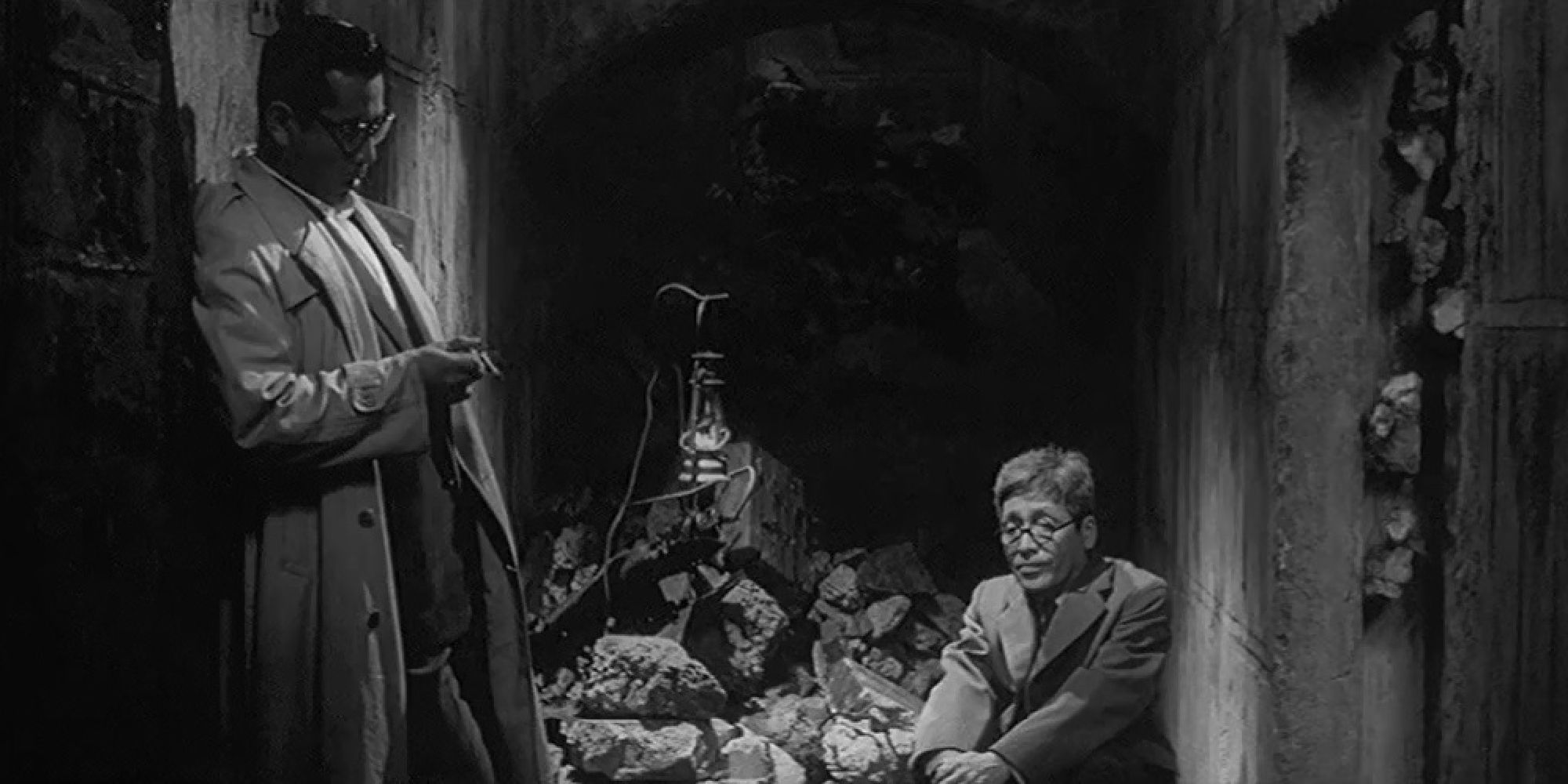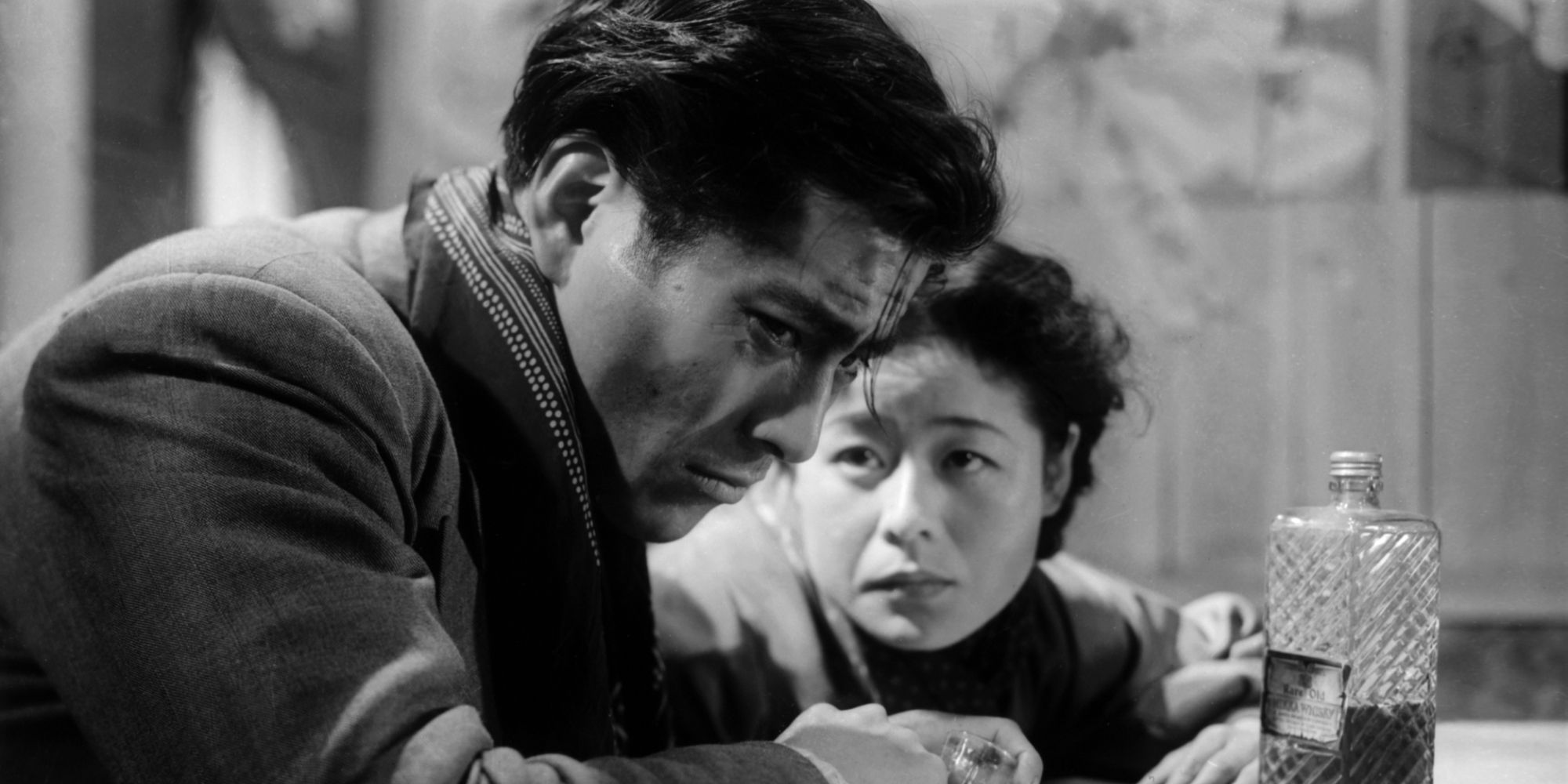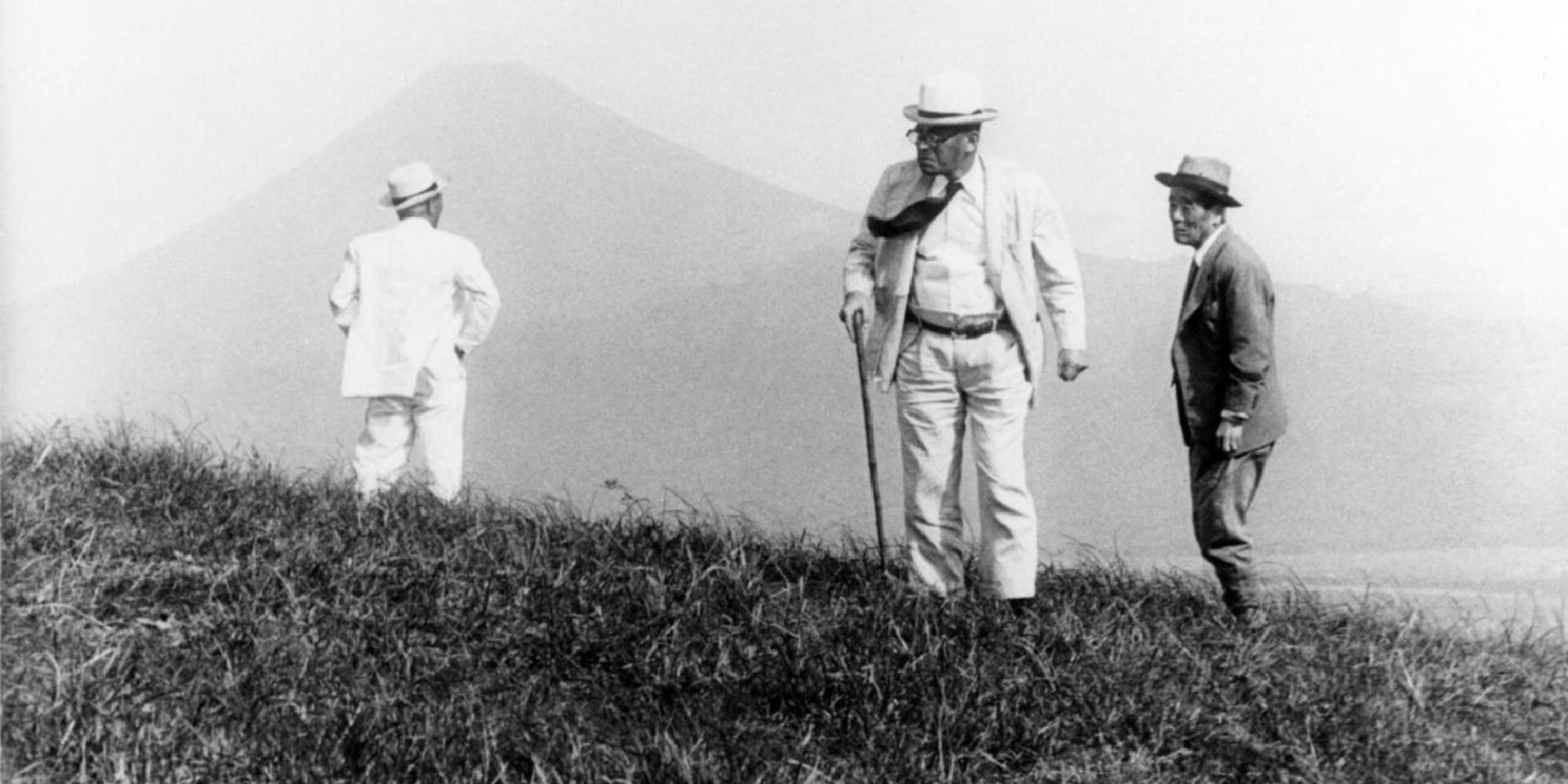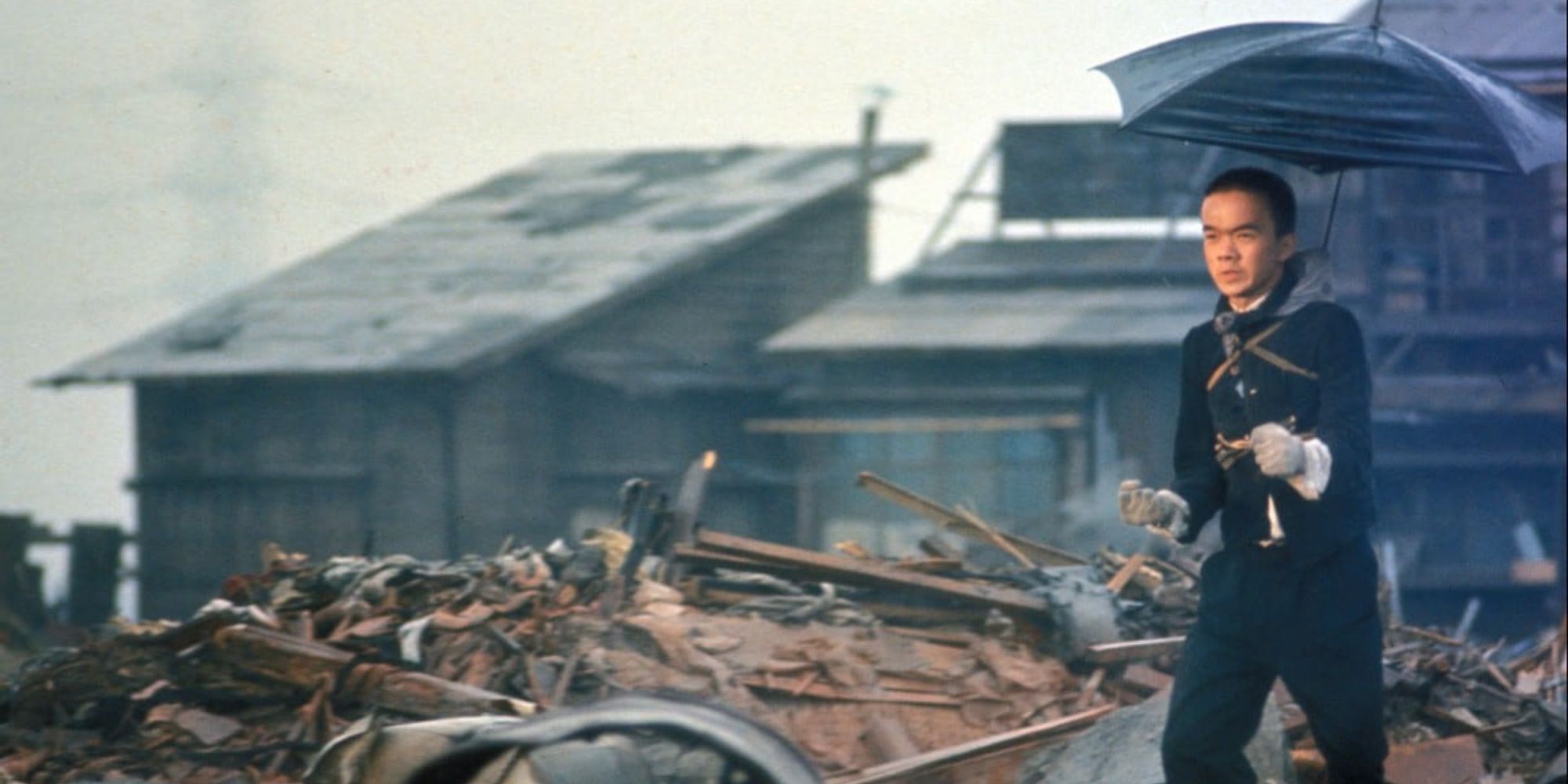Akira Kurosawa is a filmmaker who directed numerous great movies during his 50+ year-long career. Many of them are rightfully celebrated and adored by film buffs to this very day, with such classics including - but not being limited to - Seven Samurai (1954), Ran (1985), High and Low (1963), Rashomon (1950), and Yojimbo (1961).
Yet with over 30 films released over multiple decades, there are naturally going to be a fair few Kurosawa films that slip under the radar. The following 10 films are all among those that don't quite get the love they deserve. It's a testament to how great Akira Kurosawa was as a filmmaker that he could make so many great films that are so underrated (especially when compared to his best-known works), with all the films below being worth checking out for fans of the great Japanese director.
'Dreams' (1990)
In Dreams, an 80-year-old Kurosawa took many recurring dreams he'd had throughout his life and put them on film. The result is an anthology movie made up of eight beautiful - and often surreal - sequences that aim to give viewers the feeling of watching actual dreams unfold on-screen.
Like any film that's effectively made up of several short films, some segments stand out more than others, but each offers something unique. The use of color throughout the film is striking, and even more impressive when you consider that it took until Kurosawa's 25th film before he moved away from black-and-white (Dreams was his 29th). The images in Dreams are so striking that you'd think Kurosawa had been making films in color all his life.
'Kagemusha' (1980)
Even if Kagemusha is seen by many as a warm-up for the masterfully powerful Ran (1985), it's still a worthwhile entry in his filmography. It tells the story of a thief who's hired to impersonate an esteemed warlord to distract his enemies, yet finds himself needing to take charge when said warlord suddenly dies.
It's an epic film, and visually has similarities to the 1985 film Kurosawa would tackle as his next project. It's a long and sometimes slow-paced film, but contains a great deal of spectacle, and the sort of precise filmmaking - and great acting from the entire cast - that you'd expect to see in a film directed by Akira Kurosawa.
'Sanjuro' (1962)
Sanjuro probably gets overlooked because it's a sequel to the iconic 1961 film, Yojimbo. It was released just one year later, and while it's a very good samurai movie, it falls just a little short of its predecessor quality-wise... but even then, that shouldn't mean it gets overshadowed too harshly. After all, if it's a B+ sequel to an A-grade samurai movie, that's still impressive.
It's probably got slightly more comedy and action than its predecessor, though its more complex plot could still render it a little less accessible. At least it has a memorable showdown during its climax, features Toshiro Mifune in one of his most iconic roles, and has the great Tatsuya Nakadai - perhaps best known for starring in another 1962 samurai film, Harakiri - playing the main antagonist.
'Red Beard' (1965)
Akira Kurosawa and Toshiro Mifune collaborated on 16 films, with Red Beard notably standing out as the final one. It also sticks out for being one of Kurosawa's longest movies, clocking in at 185 minutes, making its epic runtime comparable with that of Seven Samurai.
It's surprising, then, that the film is quite a character-focused and small-scale one. It tells the story of a gruff but compassionate doctor butting heads with the younger (and more arrogant) junior doctor he's been assigned to train. Those who can stick with a long movie that's more character-focused than plot-heavy will be rewarded in the long run, as Red Beard is a quietly powerful and exceptionally well-made film from Kurosawa.
'Stray Dog' (1949)
In Stray Dog, a young detective gets his pistol stolen while he's riding a bus. This sets into motion the main story, with the simple narrative about doing whatever it takes to track down a stolen weapon naturally becoming more complex and tense as the film goes on.
Stray Dog feels like Kurosawa's take on the film noir genre, and it's a genre he does well (he'd tackle crime-related premises even better as the years went on, particularly in the early 1960s). It's also notable for how well it uses heat to ratchet up its tension and heighten the sense of desperation felt by the characters. It's a movie set during a sweltering summer, and you can almost feel the heat radiating off the screen.
'Dersu Uzala' (1975)
In stark contrast to Stray Dog, Dersu Uzala might be Akira Kurosawa's chilliest movie. It's an adventure film set in the snowy Russian wilderness, and follows the unlikely friendship between a military explorer and a man who's made the wild his home.
Despite their wildly differing backgrounds, they come to share a bond that neither of them would have ever expected. It's a change of pace for Kurosawa in many ways, as it was a film he made outside of Japan, with a non-Japanese cast, and with the dialogue being in Russian, too. It's unusual but memorable because of how different it is from most Akira Kurosawa movies, and is one of many Kurosawa titles in the Criterion Collection, too.
'The Bad Sleep Well' (1960)
If Kagemusha feels like something of a trial run for Ran, then perhaps The Bad Sleep Well feels a little like a trial run for High and Low, too. Both are crime-thrillers set in then current-day Japan, and each has large casts and complex plots that involve corporations, bureaucracy, revenge, and illegal activities.
Ultimately, it doesn't quite pack the same punch as the masterful High and Low, but is still a very good movie in its own right. Akira Kurosawa was just as skilled at making hard-hitting crime/drama movies as he was making historically-set samurai movies, and The Bad Sleep Well is solid evidence of that.
'Drunken Angel' (1948)
Drunken Angel is another film that Akira Kurosawa made with Toshiro Mifune in a leading role. In addition, it also features the great Takashi Shimura, who Kurosawa loved to cast (usually in supporting roles), with him ultimately appearing in a similar number of Kurosawa movies to Mifune.
The film is a fairly straightforward one, and at just 98 minutes, is a good deal shorter than most Akira Kurosawa movies. It centers on a doctor who forms an uneasy friendship with a young gangster, after the former treats the latter for a gunshot wound and diagnoses him with tuberculosis. Watching it, you can see the great director isn't quite at the height of his powers yet (he'd only been directing for five years, before 1948), but there are certainly hints of the greatness to come contained within this early Kurosawa film.
'I Live in Fear' (1955)
In I Live in Fear, Kurosawa tackles Cold War/atomic bomb paranoia by telling the story of a 70-year-old man who's so terrified of nuclear weaponry that he wants to move his family to Brazil, where he claims they'll be safer and more isolated. His family rejects the idea, which sets off the film's main conflict, as the man's paranoia worsens and his family becomes more desperate.
It's a heavy and sometimes slow-moving film, but tells a story that likely hit close to home for many (particularly those in Japan) back in 1945, just 10 years after nuclear bombs were dropped on Hiroshima and Nagasaki. It also features Toshiro Mifune (once again) who seamlessly disappears into the lead role, playing a 70-year-old man flawlessly while being only 35 at the time.
'Dodes’ka-den' (1970)
Dodes’ka-den is a film that follows a group of people who live in a slum just outside Tokyo. It's a film with numerous storylines that sometimes intersect, with all the characters shown struggling to get by, whilst also holding onto whatever hope they can in a world that often seems bleak and uncaring.
Tonally, it does a fantastic job at telling emotional, heavy storylines, and balancing them with just enough occasional - and unlikely - optimism that it never becomes too depressing. The acting from its large ensemble cast is strong, and it also looks fantastic. It was Akira Kurosawa's first film shot in color, which is how he would continue to shoot his movies for the remainder of his filmmaking career.

